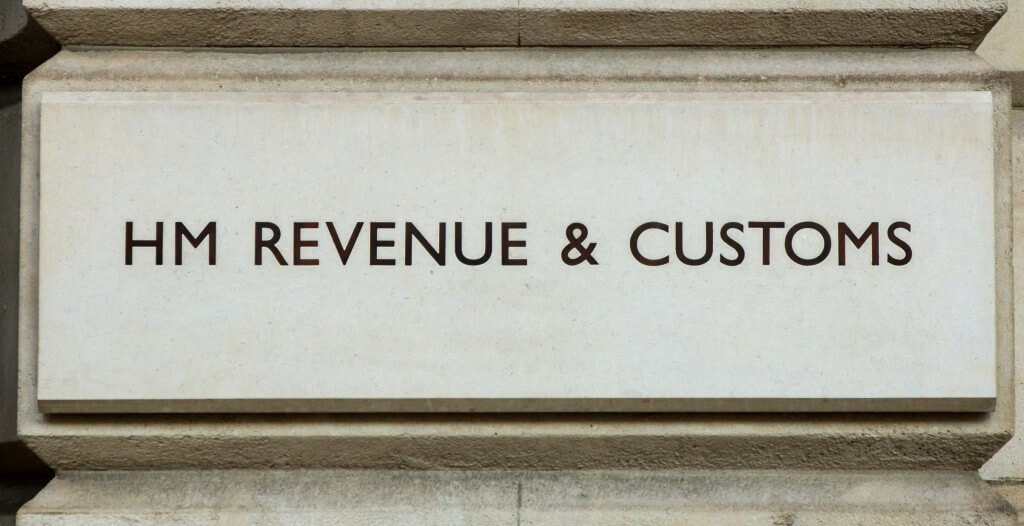Stamp Duty Land Tax (SDLT) may be changing yet again. The government’s consultation on higher rates of SDLT on purchases of additional residential properties ended on February 1st, so it is only a matter of time until we know the outcome.
In short, if these changes are to go ahead, and you are buying a second home or rental investment, you will have to pay an additional 3% in SDLT.
It is obviously not quite as clear cut as this; for example, if you own your home and purchase another property with the aim of making it your primary residence before you sell the one you are in, you will have to pay the additional SDLT. You can, however, claim this additional SDLT back if you sell your previous main residence within an 18-month period.
According to the December Nationwide survey the average house in the UK costs approximately £200,000. The stamp duty payable on this as your first home is £1,500. But if the above example applies to you, your SDLT bill will increase five-fold to £7,500; a £6,000 increase. Yes, you can claim this money back, but do you want to leave £6,000 sitting in HMRC’s bank account until you have sold your first home? Furthermore, you will then have to wait however long it takes HMRC to get around to returning it to you (probably less the interest collected on it).
The consultation document states that: “property owned globally will be relevant in determining whether a property purchased in England, Wales or Northern Ireland is an additional property”. This is not an issue that affects many in the UK, however neither I, nor the host of industry professionals that I have discussed this with have any idea how this will be enforced. One would hope (perhaps wishful thinking) that the government would have thought through how they would implement this, rather than just throw it out there without any idea about how to execute it.
One potential, albeit inadvertent affect of this increase in SDLT might be an increase in demand for, and thus capital values of, mixed-use, commercial and retail space (all of which are exempt from the increased SDLT). The rise in the values of these sectors may compress yields, but they may also increase commercial and retail rents as investors try to maintain yields as the values go up.
Further changes might be seen in some of the less expensive parts of the UK. George Osborne’s Autumn Statement indicated the government’s initial view was that any exemption from the higher rates would only apply to corporate entities and funds (such as companies, pension and collective-investment schemes) which have an existing property portfolio of at least 15 properties at the time of a transaction.
At the time of writing, a quick search for the “cheapest place to buy in the UK” followed by a RightMove search of that city led me to a £10,000 house in Burnley. What is to stop High Net Worth London investors spending £150,000 on 15 houses across the UK to save them stamp duty on their London investments (£5m is the break-even point)? This may be a good thing as it raises the capital values of some of the more inexpensive parts of the UK; however one must hope that it doesn’t make homes unaffordable for those who need them. Further to this, it’s likely that the houses will remain empty as ATED doesn’t apply to houses valued at under £500,000 (as of April 2016). Also, if having a home overseas can incur an extra 3% in SDLT, will HMRC take this into account when determining the 15 properties rule? This might all get a little messy…
What is clear throughout all of this is that the government and HMRC are trying to dissuade private landlords who own a handful of properties by making it less appealing for further investment, and instead encourage large-scale institutional investment by delivering a number of financial incentives. This moves the burden of responsibility for delivering affordable and well-managed homes away from the government, as large developers do the work for them.
Buying agent Jake Withers on 020 7581 1631, email Jake.




